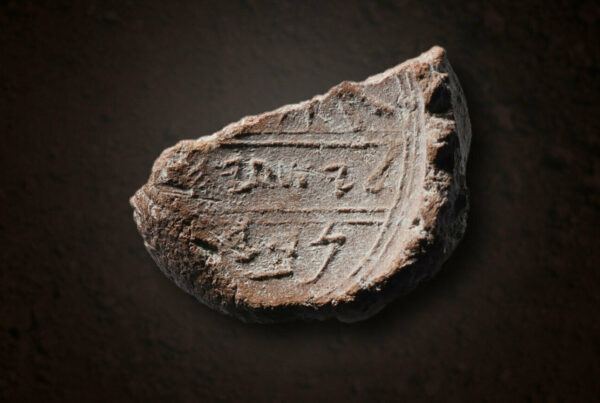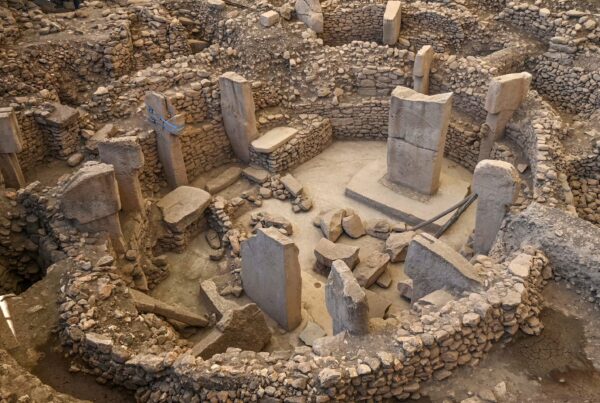The Bible holds a unique place in history, recognized as the oldest book from Antiquity with more surviving manuscripts than any other writing from that period. This preservation is considered incredible, especially given the history of massive persecutions against Christians. Recent conservation and dating efforts have shed new light on some of the world’s most ancient biblical collections, confirming that these texts were in circulation well before major historical events like the Council of Nicaea.
Here is a summary of some of the most fascinating ancient Bible discoveries:
1. The Ethiopian Garima Gospels: The Oldest Illustrated Christian Book
One of the most recent and incredible discoveries involves the Garima Gospels, often referred to as the Ethiopian Bible.
- Location and Age: This relic was found in a remote Ethiopian Monastery, the Garima monastery, near Adwa in the mountainous Tigray region. While the gospels were long thought to date from the 11th century, carbon dating revealed they date between 330 and 650 A.D.. The earliest volume could be in the hand of the monk who supposedly copied them.
- Legendary Origin: The gospels are named after Abba Gurama, a monk who arrived in Ethiopia from Constantinople in 494 A.D.. Oral tradition holds that he was able to copy the entire gospels in just one day because God delayed the sun from setting.
- Physical Details: Written on goat skin in the early Ethiopian language of Ge’ez, the Garima Gospels consist of two volumes, both containing the four gospels and beautiful, vivid illustrations. Experts believe this is also the earliest example of book binding still attached to the original pages.
- Preservation: The survival of these gospels is miraculous, considering the country faced Muslim and Italian invasions, and a fire that destroyed the monastery church in the 1930s. Conservation work was undertaken by the Ethiopian Heritage Fund.
2. The Codex Vaticanus: The Benchmark for Accuracy
Among the oldest collections of Bibles across all cultures is the Codex Vaticanus.
- Dating and Language: It dates specifically from the year 300 to 335 A.D.. The New Testament text is written in Greek.
- Significance: Most scholars believe the Codex Vaticanus is the most accurate Bible in existence because it was written only a couple of hundred years after the death of Jesus. It is also considered one of the best translations of a Greek Bible.
- Completeness: While remarkably intact, it is not a complete translation, as it is missing most of Genesis, Hebrews, and Revelations. It has been housed at the Vatican Library since around the 15th century.
3. The Codex Sinaiticus (Sinai Bible)
Following closely in age is the Codex Sinaiticus, or Sinai Bible.
- Discovery: The main manuscript was discovered in the 19th century, with other fragments found in the 20th and 21st centuries. Today, the majority of its parts are housed at the British Library in London.
- Completeness: While large parts of the Old Testament are missing (approximately half remains), it is widely accepted that the full Old Testament was originally part of the Codex, and the New Testament is powerful (or full).
The Implications for Christian History
The dating of both the Codex Vaticanus (300–335 A.D.) and the Codex Sinaiticus shows that these Bibles were in circulation before the Council of Nicaea in 325 A.D. and before Rome was Christianized. This evidence strongly suggests that the notion that the Bible was entirely “put together” at the Council of Nicaea is inaccurate, as a collection of books that we consider the Bible was already being circulated by early Christians.
Furthermore, when experts compare the various ancient manuscripts that have been preserved, the texts are remarkably consistent. Although there are minor textual variants (such as typos or mistranslations of small details), the actual scriptures are the same overall, and they do not change any essential Christian doctrine.
To delve deeper into the fascinating topic of biblical textual criticism—how the Bible came to be, what manuscripts inform modern translations, and the implications of textual variants—further research into debates involving textual critics like Dr. James White and Dr. Bart Ehrman is highly recommended.




